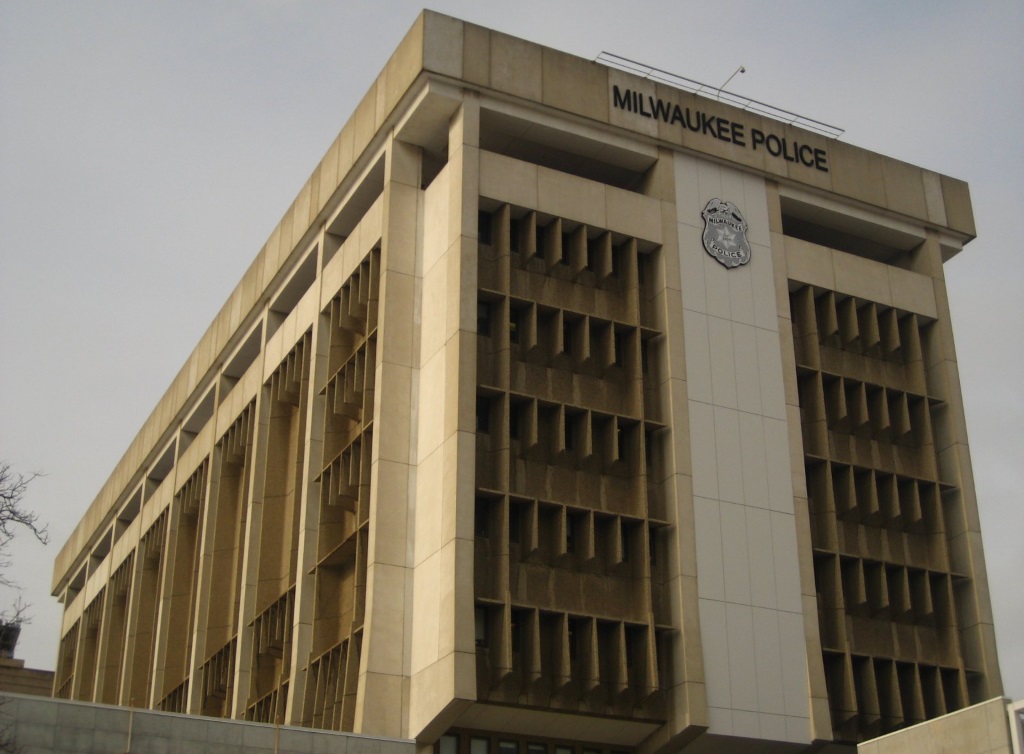Is City’s Decline in Homicides For Real?
The data shows significant decline for Milwaukee in 2023, but a still worrisome trend.
It is well known that since COVID-19, Milwaukee and most big cities have suffered a rash of homicides by handguns, as well as nonfatal shootings. Now that the pandemic is declining, will homicides reverse their course?
The first was published on October 13, 2021, with the title Why is Milwaukee’s Murder Rate Increasing? The second was published on April 20, 2022, under the title What’s Causing City’s Rise in Shootings?
The graph below shows nonfatal shootings and homicides in Milwaukee for years starting in 2015. Nonfatal shootings are shown with the red line, fatal shootings with gray, and homicides using other methods in yellow. The total of the three is shown by the blue line.
Following years of declining homicides, starting in 2020, the number of fatal and nonfatal shootings in Milwaukee jumped, and continued to climb in 2021 and 2022. Homicides using a gun more than doubled between 2019 and last year.
From one viewpoint the answer to the questions in the titles of the two previous columns is obvious: shootings took off in response to COVID-19. Anyone who drove in Milwaukee during the epidemic can attest that it was accompanied by a rash of reckless driving.
The next graph compares year to date (June 12, 2023) figures with the same time period in previous years. So far this year there has been a decline in both fatal and nonfatal shootings, although they are still substantially up from 2019.
If, as widely accepted, the post-2019 surge was a reaction to COVID-19, it seems reasonable that violence would decline as the pandemic loosened its grip. In fact, a dashboard that tracks homicides in major cities projects declines in a majority of the cities. The following graph shows the year-to-date figures for Milwaukee:
One striking aspect of the gun shooting data is the strong relationship to geography. From one year to the next, areas with substantial homicides continue to suffer high shooting rates. Relatively safe areas continue to have low rates. The next graph compares total shootings by aldermanic district so far this year to the total in 2022.
(I used aldermanic districts because they all have approximately the same population. R2, called the coefficient of determination, is a measure of how strongly the variation in the value of one variable reflects variation in another variable. The closer it is to one the tighter the relationship between two variables is. Thus. the 2022 data on shootings accounts for 86% of the variation in 2023 shootings.)
Next is a map of the aldermanic districts. Districts with low shooting rates can have neighbors that suffer from high shootings and homicides. A few miles can make a huge difference in the risk of being shot.
For example, consider a person starting at Lake Michigan and driving west along North Avenue. As the graph below shows, that journey starts in the Third Aldermanic District, which had one homicide last year. It then proceeds to District 6 with 26 homicides, followed by District 15 with 44, the highest in the city. Finally, it leaves Milwaukee via District 10 with five gun homicides.
The next graph compares gun homicides to nonfatal shootings. Not surprisingly, aldermanic districts with more nonfatal shootings tend to have more gun homicides, although the relationship is not a perfect one. (According to the R2, variation in nonfatal shootings accounted for 85% of the variation in gun homicides.)
The next graph offers a profile of victims, shown in green, versus suspects, shown in yellow, based on fatal and nonfatal shootings in 2022. Statistically speaking, suspects look very much like their victims. Both are most likely to be male, Black, and between the ages of 18 and 29.
The Journal Sentinel runs a database of the victims of homicides in Milwaukee. Here are two typical examples.
Unidentified male was found to have been fatally shot on July 13, 2023. He was discovered at 1900 block of S. 23rd Street, and the Milwaukee County Medical Examiner ruled his death a homicide. He was 33 years old when he died. No charges have been filed in this homicide.
Javier Winston was found to have been fatally shot on Jan. 23, 2023. He was discovered at 3600 block of N. 9th Street, and the Milwaukee County Medical Examiner ruled his death a homicide. He was 15 years old when he died. No charges have been filed in this homicide.
The person who is killed is not the only victim. Milwaukee teachers and principals often point to the resulting trauma suffered by students who are friends and relatives of the victims, making it hard to concentrate on learning.
As a result, when a dispute breaks out, one or both of the parties is likely to be armed. Thus, the danger feeds on itself, as residents of dangerous neighborhoods buy into the myth, promoted by the gun industry, and acbcepted by the US Supreme Court, that carrying a gun offers safety.
About 20% of Milwaukee residents are Hispanic. Yet only 8.5% of the victims in 2020 and 5.6% of the suspects were Hispanic. This would suggest that the myth that guns offer safety has not taken hold in the Hispanic community. It would be useful, I think, to better understand the reasons why.
As Covid relaxes its grip on Milwaukee and the rest of America, it is likely that gun homicides and nonfatal shootings will resume their decline. However, without a substantial decline in the number of residents carrying a gun this decline may bottom out at a still-unacceptable level. Eighty homicides and 443 nonfatal shootings, the number achieved in 2019, is still way too high.
Here is a personal anecdote: For many years, Milwaukee Public School teacher Mark Horowitz’s fourth grade class spent two weeks living with students in Denmark and attending class with them. The Milwaukee students loved the freedom to play outdoors in their hosts’ neighborhood in Copenhagen, a busy international capital city. The Milwaukee families offered to reciprocate, inviting Danish students to visit Milwaukee. The Danish parents turned them down. Too dangerous, they said.
Data Wonk
-
Why Absentee Ballot Drop Boxes Are Now Legal
 Jul 17th, 2024 by Bruce Thompson
Jul 17th, 2024 by Bruce Thompson
-
The Imperial Legislature Is Shot Down
 Jul 10th, 2024 by Bruce Thompson
Jul 10th, 2024 by Bruce Thompson
-
Counting the Lies By Trump
 Jul 3rd, 2024 by Bruce Thompson
Jul 3rd, 2024 by Bruce Thompson





























This stat does not include shooting victims critically injured . Give credit to early responders, fire department ambulance drivers health care staff that prevented a critically wounded from being a Homicide stat.
Police department lagging in preventive measures
We need to decrease the daily shooting in the city
Children are still being shot in the city on a weekly basis
It is not time to celebrate
I was going to say the same thing. MFD and the paramedics, EMT’s, and other services are doing one hell of a job at saving lives…and that needs to be talked about (praised) by City Officials. Even with the now limited and reduced staffing, they have worked wonders with limited resources. And I too remember when homicides fell to something like 88 one year, and everyone jumped up and down and said that somehow elected officials had done a good job and we had turned the corner. I guess not. Fire Department people are probably exhausted when compared to the responses they used to make even 10-15 years ago.